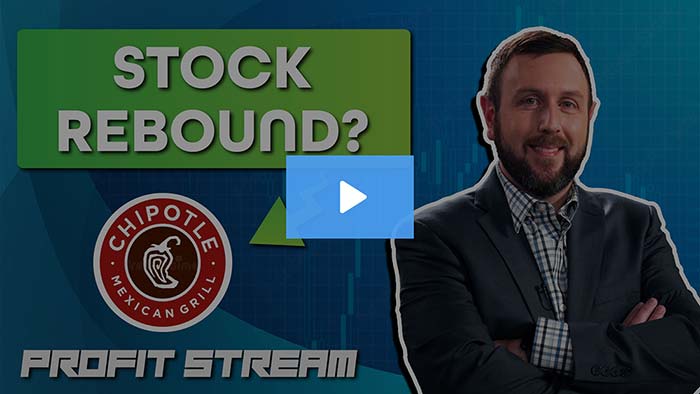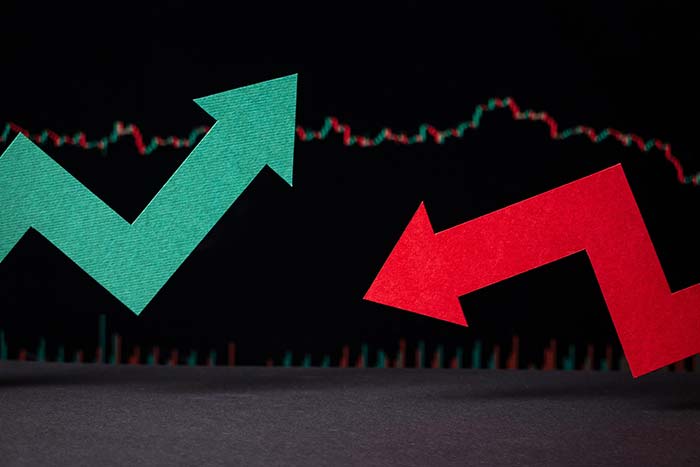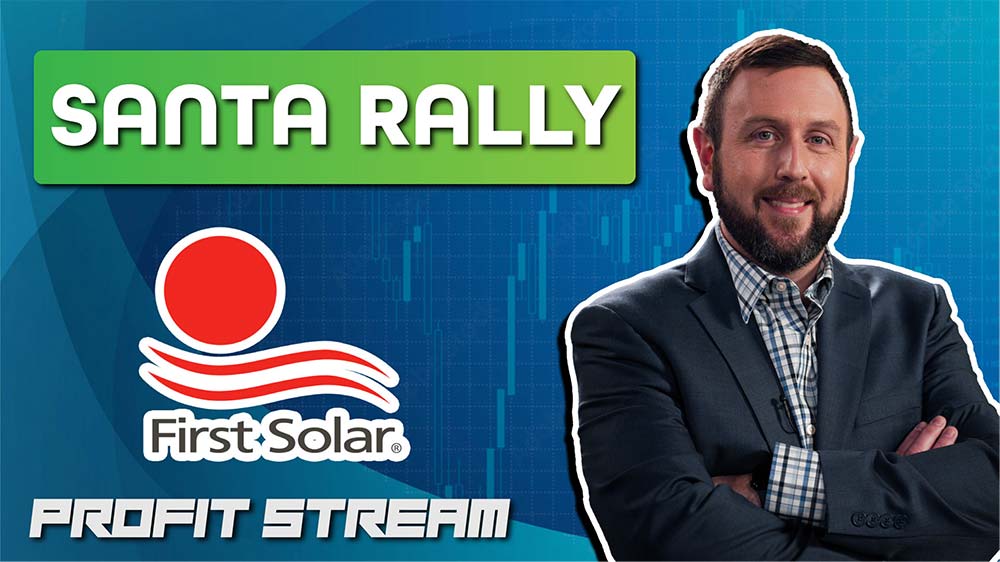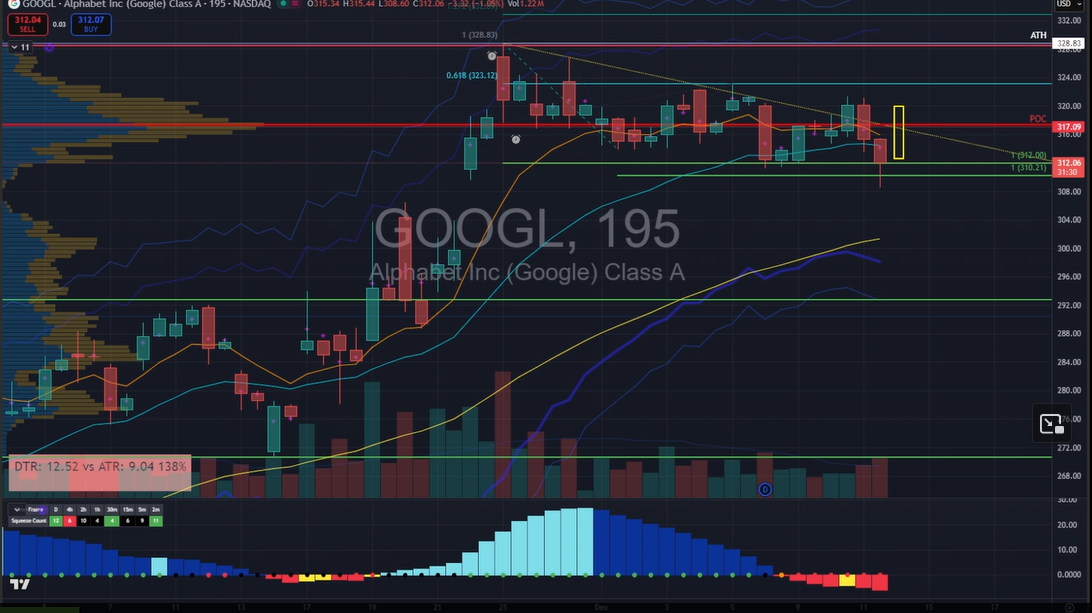Before You Break the Glass: Your Market Overvaluation Checklist
Today, we’re diving into a crucial topic: how to tell if the stock market is overvalued.
Whether we’re in a bull market, bear market, or somewhere in between, you need to be savvy, and I’ve got just the tool for you – a market checklist that’ll help you navigate any market conditions.
Now, why do we need this checklist? Well, let me tell you, in any market environment, you can’t just go by your gut. You need cold, hard data to make smart investment decisions.
And that’s exactly what this checklist provides.
Let’s break it down into three key areas:
Valuation Ratios
First up, we’ve got valuation ratios. These are like the vital signs of the stock market.
We’re talking about the classic Price-to-Earnings (P/E) ratio, its smarter cousin the Shiller P/E (CAPE) ratio, and the Price-to-Book (P/B) ratio. These tell you if stocks are priced right compared to what companies are actually worth and earning.
Take Apple (AAPL) for example, it’s trading at a P/E ratio of 34, which is well above its 5-year average of 28. Now, that might raise some eyebrows, and a sign that it is getting a bit pricey, even for a tech giant with strong growth prospects. But that alone doesn’t necessarily mean overvaluation, you’ve got to look at the whole picture.
You also want to look at the Price-to-Sales (P/S) ratio and the forward P/E ratio too. These give you a sense of whether a company’s stock price matches up with its revenue and future earnings potential.
Amazon (AMZN) often trades at a high P/S ratio, but its consistent revenue growth has historically justified it.
Market-Wide Indicators
Next, we’ve got to zoom out and look at the bigger picture. That’s where market-wide indicators come in. The biggie here is the Buffett Indicator – it compares the whole stock market to the country’s GDP. If it’s sky-high, that’s a red flag.
Don’t forget about dividend yields and interest rates either.
Low dividend yields or super-low interest rates for a long time can push stocks into overvalued territory.
Moreover, if a company is not performing well yet maintains a high dividend yield, it’s likely in jeopardy of dropping it. In Q1 2024, 3M announced that it would cut its dividend for the first time in 64 years.
Economic and Sentiment Factors
Lastly, we need to consider the broader economic landscape and investor psychology.
Are earnings growing in line with economic cycles?
What’s the overall investor sentiment like?
If everyone’s feeling bullish and throwing money around, that could spell trouble.
Something we saw in the first half of the year in the semiconductor space, and are now seeing somewhat of a correction.
In addition, take a look at technical indicators too, like RSI or MACD. These can tell you if stocks are overbought.
And always, always keep an eye on those big economic indicators like GDP growth and unemployment rates.
Lately, the big focus has been on inflation data, but the focus changes with each economic cycle.
Here’s A Condensed Version Of The Checklist:
- P/E Ratio: Share price vs. earnings. High ratio may indicate overvaluation.
- Shiller P/E (CAPE): Uses 10-year inflation-adjusted earnings. Smooths short-term fluctuations.
- P/B Ratio: Market value vs. book value. High ratio might signal overvaluation.
- Dividend Yield: Annual dividend vs. share price. Low yield could suggest overvaluation.
- Buffett Indicator: Market cap to GDP. High ratio indicates potential market overvaluation.
- P/S Ratio: Stock price vs. revenues. High ratio can signal overvaluation.
- Forward P/E: Uses projected earnings. Can be skewed by optimistic projections.
- Interest Rates: Low rates can inflate stock prices over time.
- Cyclically Adjusted Earnings: Evaluates sustainability of earnings over economic cycles.
- Investor Sentiment: High bullishness may indicate overvaluation. Measured by surveys, fund flows, and market behavior.
So there you have it – your market overvaluation checklist. It’s your tool to navigate these choppy market waters. Use it wisely, and you’ll be better equipped to make smart investment decisions in any market condition.
![]()
YOUR ACTION PLAN
No matter what the market’s doing, you’ve got to stay smart and vigilant. Use this checklist as your first line of defense, but don’t let it paralyze you. There are always opportunities if you know where to look.
Just remember:
- Stay diversified – don’t put all your eggs in one basket.
- Size your positions wisely – no need to go all-in on any single stock.
- Always use stop losses – protect your downside.
Want more insights like this? I use many of these indicators in The War Room to decide which companies make the cut, and now you can too.
Find more details about The War Room here.


























